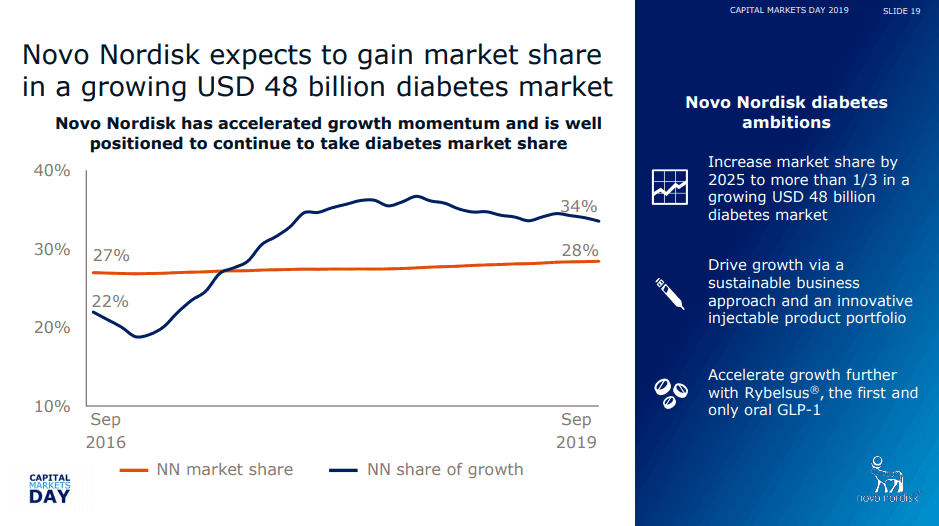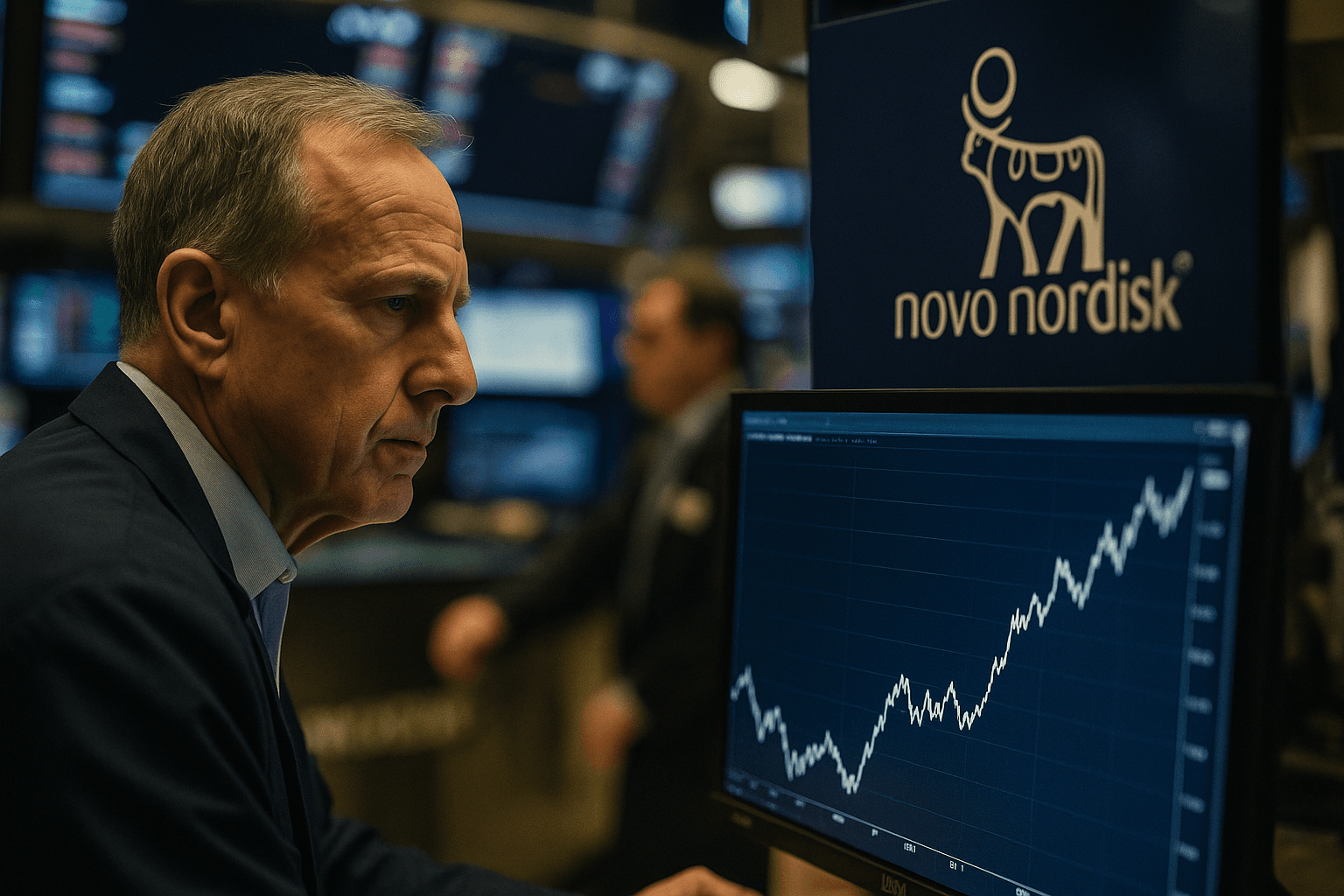Novo Nordisk Shares Rise as Medicare Negotiation Matches Expectations
Shares of Novo Nordisk climbed after analysts said negotiated Medicare prices for 15 high cost drugs, including semaglutide products Wegovy and Ozempic, came in largely as expected. The outcome eases investor concerns about an abrupt hit to global sales, while underscoring ongoing pressure on drug pricing, manufacturer strategy, and future industry returns.

Shares of Novo Nordisk rose Friday after Wall Street analysts said the U.S. negotiated prices for 15 high cost medicines, among them the semaglutide formulations sold as Wegovy and Ozempic, were broadly in line with market expectations. Reports said a negotiated monthly price for semaglutide will take effect under Medicare beginning in 2027, and analysts judged that the new price path was largely already reflected in company forecasts, tempering the immediate shock to revenue projections.
The Medicare negotiation program, created by the Inflation Reduction Act of 2022, requires the federal program to set maximum prices for selected high spending drugs. The release of negotiated figures for this first cohort is a defining moment for the policy and for manufacturers with major product exposure in the U.S. market. For Novo Nordisk, whose GLP 1 based medicines drove rapid sales growth in recent years, clarity about the U.S. reimbursement trajectory removes a key element of uncertainty for investors and planners.
Market commentary after the announcement emphasized that the negotiated levels did not represent an unforeseen cliff for semaglutide sales. Several analysts concluded that consensus estimates had already baked in modest price erosion in Medicare, and that global sales forecasts would see relatively small adjustments. That assessment helped push shares higher as traders reweighted the company s near term revenue and earnings outlook.
The decision also highlights how the program is reshaping manufacturer strategy. With Medicare prices now more predictable, companies are recalibrating pricing and distribution tactics outside of the federal program. Observers noted growing use of direct to consumer pricing moves, targeted discounts, and new patient access programs as manufacturers seek to sustain demand in commercial insurance markets and cash paying segments that will remain beyond Medicare s negotiated ceiling. Companies are also likely to accelerate focus on international markets where price dynamics differ.

Policy implications extend beyond any single company. By bringing concrete negotiated figures into public view, the program creates a baseline that will influence commercial negotiations across the payer landscape. Insurers, pharmacy benefit managers, and state payers will factor Medicare pricing into their own contracts. Over time analysts expect this to intensify downward pricing pressure on older and high volume therapies, while amplifying the importance of new product innovation and value based contracting.
Long term, the program signals a structural shift in how the largest single purchaser of drugs in the United States exerts market power. For manufacturers the trade off is clear. Federal negotiation can narrow pricing upside in the most lucrative patient segments, but it also reduces regulatory uncertainty that can distort capital allocation. Investors will be watching how companies like Novo Nordisk adapt product sequencing, global pricing, and investment in next generation therapies as the industry adjusts to a new era of explicit price negotiation.


